Shoulder Impingement
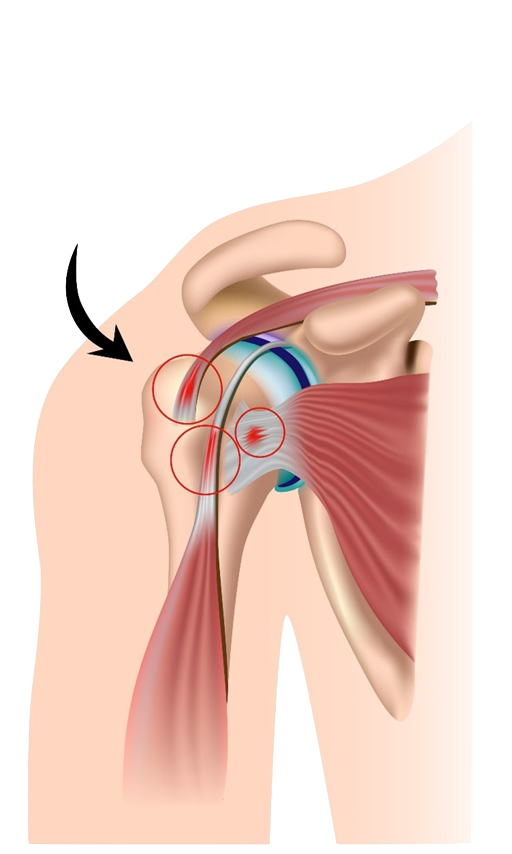
Impingement Syndrome
Have you ever experienced shoulder pain during or after exercising? You might be suffering from impingement syndrome, a condition that is caused by the overuse of the rotator cuff muscles. In this guide, we will discuss what impingement syndrome is, its causes and symptoms, and how you can treat it. We will also provide tips for preventing impingement syndrome from occurring. Let’s get started!
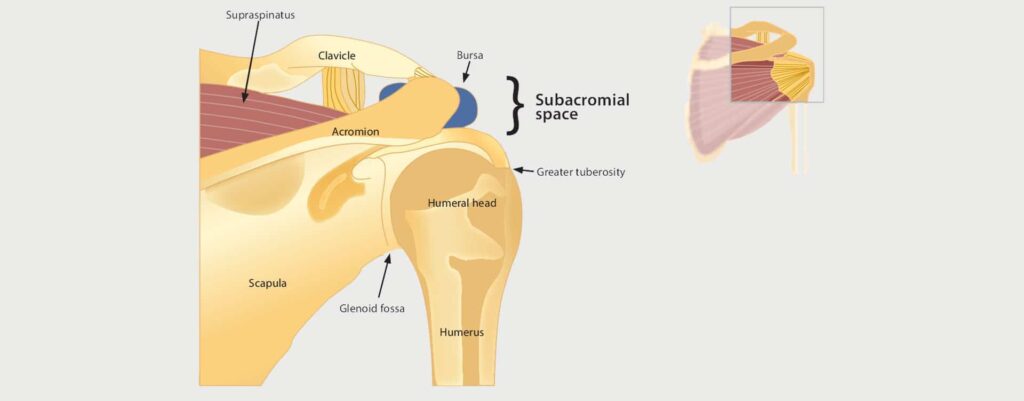
Impingement syndrome: An overview
Impingement syndrome is a condition that arises when the rotator cuff tendons of the shoulder muscle become irritated and inflamed.
This condition can be caused by repetitive overhead motions of the arm, such as those often used in tennis or baseball. Impingement syndrome may also be referred to as a swimmer's shoulder or a pitcher's shoulder.
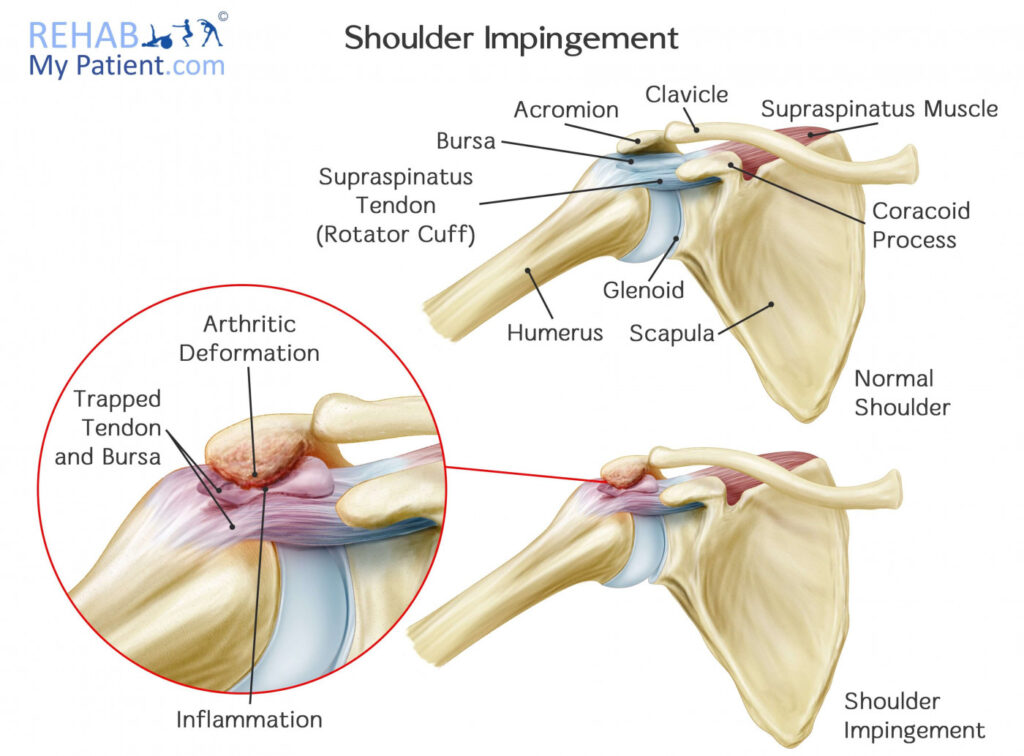
Types of impingement syndrome
There are two types of impingement syndrome:
- Subacromial
- Subcoracoid
Subacromial impingement:
Subacromial impingement syndrome is the more common type, accounting for approximately 80% of all cases. It occurs when the tendons of the shoulder muscles become irritated and inflamed as they pass through the subacromial space.
This space is a small, bony tunnel located between the acromion (bony prominence at the top of the shoulder) and the head of the humerus (the bone that extends from the shoulder to the elbow).
Subcoracoid impingement:
Subcoracoid impingement syndrome is less common, accounting for approximately 20% of all cases. It occurs when the tendons of the shoulder muscles become irritated and inflamed as they pass through the subcoracoid space.
This space is a small, bony tunnel located between the coracoid process (a small, hooked bony prominence that projects from the shoulder blade) and the head of the humerus.
Causes of Impingement Syndrome
The most common cause of impingement syndrome is repetitive overhead motions of the arm, such as those often used in tennis or baseball. The rotator cuff tendon passes below the acromion in your body. Repetitive motions of your arm can lead to a rotator cuff tear.
These activities put stress on the tendons and muscles of the shoulder, which can lead to irritation and inflammation. Impingement syndrome may also be caused by a single traumatic event, such as a fall onto an outstretched arm.
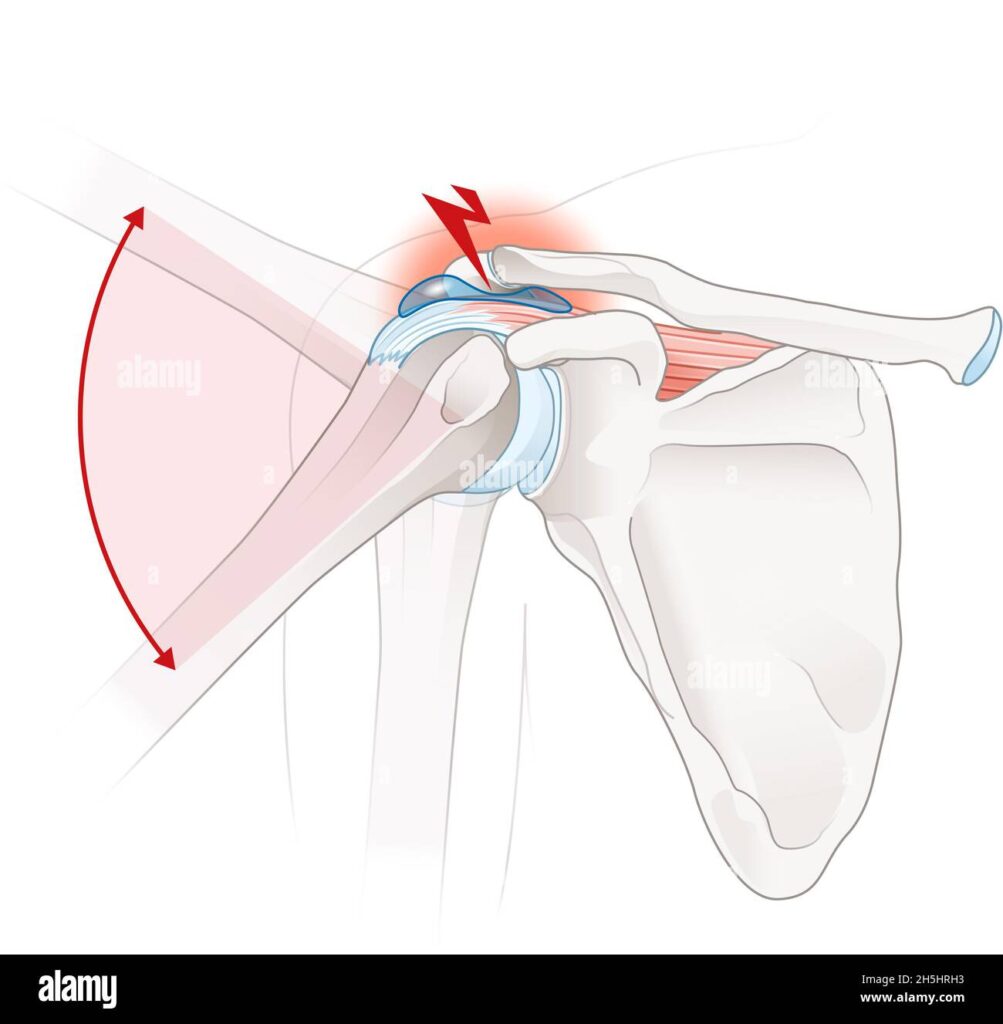
Risk factors of Impingement Syndrome
Several factors can increase your risk of developing impingement syndrome, including:
Age – impingement syndrome is more common in middle-aged adults.
Gender – impingement syndrome is more common in women than in men.
Occupation – occupations that involve repetitive overhead motions of the arm (such as painting or carpentry) may increase your risk of developing impingement syndrome.
Sports – sports that involve repetitive overhead motions of the arm (such as tennis or baseball) may increase your risk of developing impingement syndrome.
Anatomy – people with certain shoulder anatomy (such as a shallow socket or a hooked acromion) may be at increased risk of developing impingement syndrome.

Symptoms of Shoulder Impingement Syndrome
The most common symptom of impingement syndrome is pain. The pain is typically located in the front or side of the shoulder and may radiate into the arm. Other symptoms of impingement syndrome may include:
- weakness
- stiffness
- decreased range of motion
Diagnosis
Impingement syndrome is typically diagnosed based on a review of your symptoms and a physical examination. Your doctor may also order imaging tests, such as an X-ray or MRI, to confirm the diagnosis.
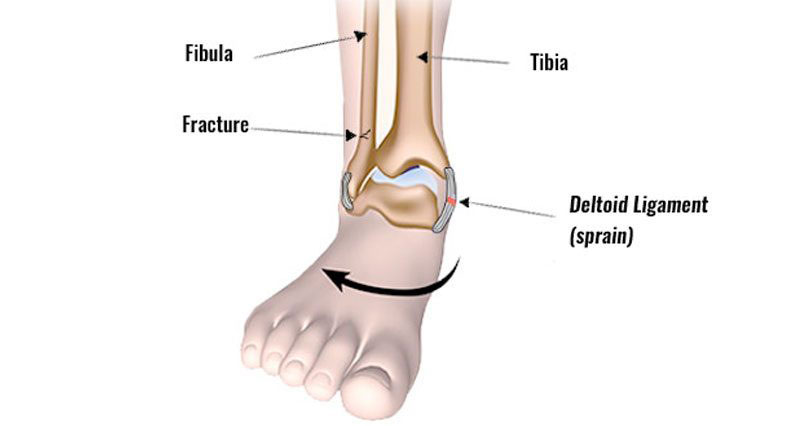
Treatment for Impingement Syndrome
The goal of treatment for impingement syndrome is to reduce pain and inflammation and restore normal shoulder function. Treatment options include:
- activity modification – avoiding activities that aggravate your symptoms
- physical therapy – exercises to stretch and strengthen the muscles and tendons around the shoulder
- corticosteroid or steroid injections – to reduce pain and inflammation
- surgery – to repair or remove damaged soft tissues (such as the acromion)
Prevention
There are several things you can do to help prevent impingement syndrome, including:
– avoiding activities that involve repetitive overhead motions of the arm
– using proper technique when performing activities that involve the shoulder
– stretching and strengthening the muscles and tendons around the shoulder
– maintaining good posture
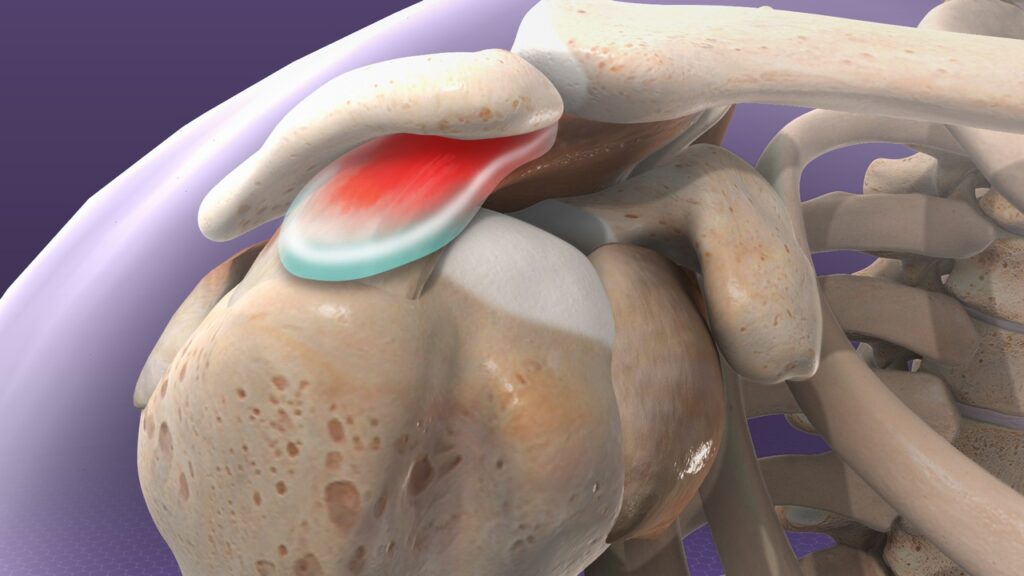
Surgery for Impingement Syndrome
There are several different types of surgery that can be used to treat impingement syndrome. The type of surgery that is best for you will depend on the severity of your condition and your overall health.
Arthroscopic Surgery:
This is a minimally invasive surgery that is done through small incisions in the skin. A camera is inserted into the shoulder joint so that the surgeon can see the inside of the joint. Then, any loose tissue or bone spurs are removed.
Open Surgery:
This type of surgery is more invasive than arthroscopic surgery. An incision is made in the skin and muscle around the shoulder joint so that the surgeon can get a better view of the inside of the joint. then, any loose tissue or bone spurs are removed.
Rotator Cuff Repair:
This type of surgery is done to repair a rotator cuff injury. The rotator cuff is a group of muscles and tendons that attach the shoulder blade to the upper arm bone.
The surgeon will reattach the torn rotator cuff tendon to the bone using stitches or metal wires.
Shoulder Fusion:
This is a very invasive surgery that is only done as a last resort. In this procedure, the surgeon removes the damaged part of the shoulder joint and fuses the bones together.
This limits the movement of the shoulder, but it can help to relieve pain.
Frequently Asked Questions
Impingement syndrome is a condition that causes pain in the shoulder when the arm is raised. The pain is caused by the shoulder blade (scapula) rubbing against the upper arm bone (humerus).
Anyone can develop impingement syndrome, but it is more common in people who participate in overhead activities, such as throwing a baseball or swimming. People who have arthritis or bone spurs are also at an increased risk.
The most common symptom of impingement syndrome is pain in the shoulder that gets worse with overhead activity. Other symptoms may include weakness in the arm, a decrease in range of motion, and pain at night.
Your doctor will ask about your symptoms and medical history. They will also perform a physical examination of your shoulder. Imaging tests, such as an MRI or X-ray, may be ordered to rule out other conditions.
Treatment for impingement syndrome often begins with conservative measures, such as rest, ice, and over-the-counter pain medication. Physical therapy may also be recommended to help stretch and strengthen the muscles around the shoulder. A physical therapist can help you with pain relief. If these measures do not provide relief, surgery may be necessary to remove the bone spur or repair the damaged tendon.
With treatment, most people with impingement syndrome will experience a significant reduction in pain. Surgery is usually successful in relieving symptoms and restoring range of motion. However, some people may still have some residual pain and weakness.
3 Ways to Level Up Your Rehab and Injury Prevention With Us





